Laryngoscopy Types: 4 Ways to Check
Dec 11, 2024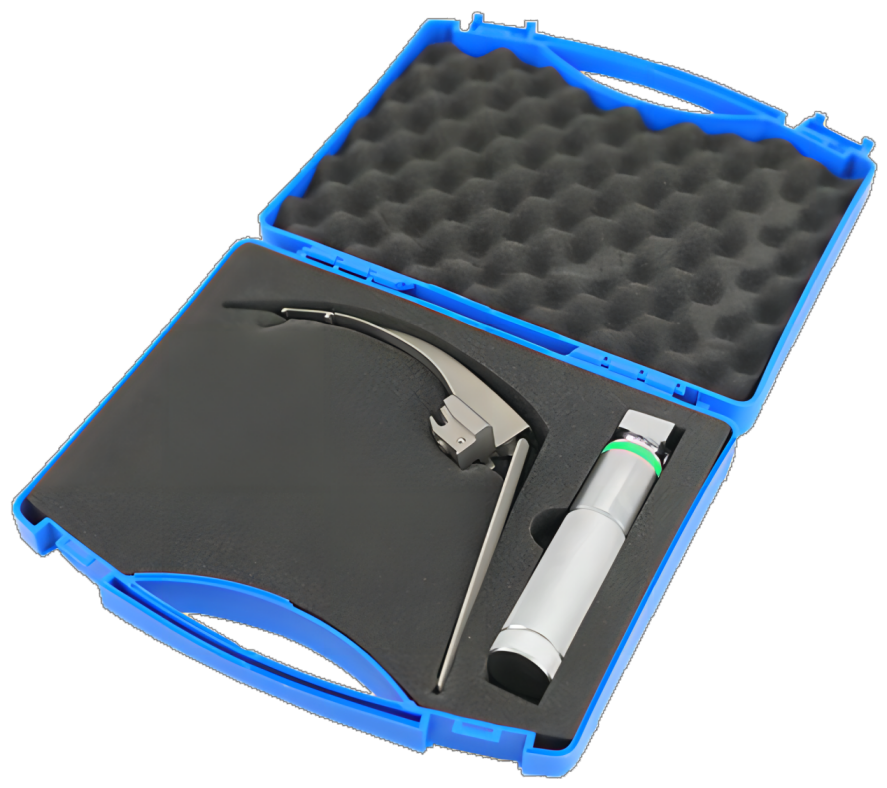
Laryngoscopy is a medical procedure used to examine the larynx (voice box) and the vocal cords. It’s essential for diagnosing various respiratory issues, airway management, and facilitating procedures like intubation. With the growing advancements in medical technology, different types of laryngoscopy have emerged to cater to the specific needs of patients and clinicians. Whether for routine diagnosis or emergency interventions, understanding the Laryngoscopy Types and their uses can help improve patient outcomes.

In this blog post, we’ll delve into the four main types of laryngoscopy: indirect, fiberoptic, direct, and stroboscopy, highlighting their procedures, advantages, and medical applications. We will also look at the equipment used in each procedure and the role suppliers like Mole Medical play in providing high-quality laryngoscopy devices.
Laryngoscopy Types 1. Indirect Laryngoscopy: The Simple yet Effective Method
What is Indirect Laryngoscopy?
Indirect laryngoscopy is one of the most basic and traditional methods used to examine the vocal cords. In this procedure, a small mirror is positioned at the back of the throat, and a light is shone onto the mirror to reflect the image of the vocal cords. It allows the clinician to view the larynx indirectly, making it useful for assessing issues like vocal cord paralysis, inflammation, or structural abnormalities.
When and Why is it Used?
This procedure is often used in outpatient settings, and it is typically performed while the patient is awake, making it a quick and minimally invasive diagnostic tool. It is ideal for patients who have throat discomfort, voice changes, or unexplained hoarseness. Indirect laryngoscopy is most effective in clear visualizations of the vocal cords but is limited by the clinician’s experience and the patient’s anatomy.
While not as advanced as other types of laryngoscopy, indirect laryngoscopy remains a valuable option for many primary care doctors and otolaryngologists.
Advantages and Limitations
Advantages:
Quick and simple procedure
No need for general anesthesia
Can be performed in a doctor’s office
Minimal discomfort for the patient
Limitations:
Limited visibility, especially in complex cases
Challenging in certain patient anatomies (e.g., patients with a small or inflamed throat)
Laryngoscopy Types 2. Fiberoptic Laryngoscopy: A Flexible Approach
What is Fiberoptic Laryngoscopy?
Fiberoptic laryngoscopy (also known as nasolaryngoscopy) involves the use of a small, flexible telescope equipped with a light source. This device is passed through the patient’s nose and into the throat to visualize the vocal cords and the surrounding structures. The flexibility of the fiberoptic scope allows the physician to examine areas that are hard to reach with rigid instruments.
When and Why is it Used?
Fiberoptic laryngoscopy is one of the most common techniques for examining the voice box. It is used to diagnose conditions such as vocal cord polyps, laryngeal cancer, and airway obstructions. It can be performed while the patient is awake, and its non-invasive nature allows it to be a go-to procedure for routine checkups and diagnostic purposes.
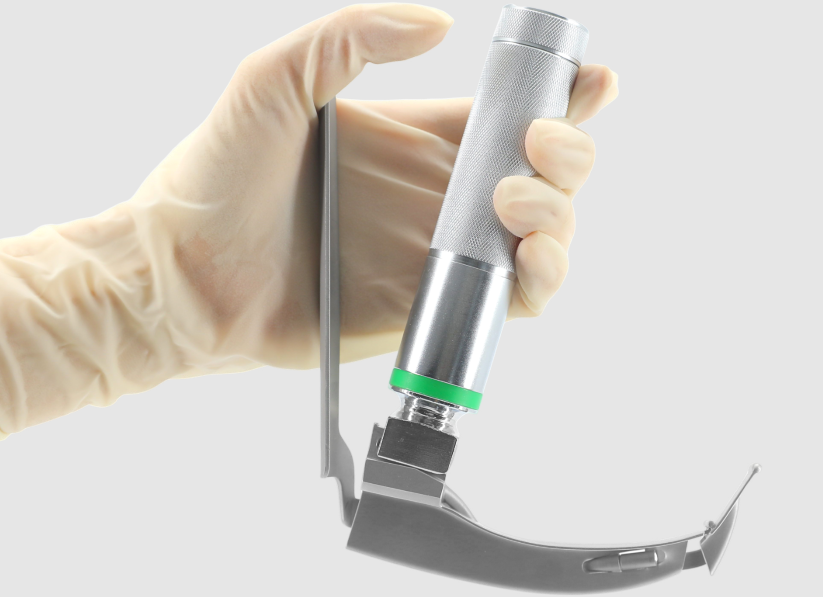
An example of a common device used for fiberoptic laryngoscopy is the Fiber Optic Laryngoscope with Miller Macintosh McCoy Blade, often used in anesthesia procedures.
Advantages and Limitations
Advantages:
Provides clear and detailed images
Less invasive than direct laryngoscopy
Can be performed without general anesthesia
Ideal for diagnosing issues with voice production and swallowing
Limitations:
Requires patient cooperation, especially for awake procedures
Limited access to deeper structures or during difficult cases
Example Equipment: Anesthesia Fiberoptic Laryngoscope
Anesthesia fiberoptic laryngoscopes, such as the Fiber Optic Laryngoscope with Miller Macintosh McCoy Blade, are designed for intubation during anesthesia procedures. These devices are equipped with superior illumination, which is critical for successful intubation and vocal cord examination.
Key Features:
Superior Illumination: A fiber optic light source enhances visibility, making it easier for clinicians to navigate the airway.
Minimal Tissue Disruption: The design ensures minimal contact with tissues, reducing trauma risk.
Durability: High-quality stainless steel blades ensure that the laryngoscope is a reliable tool for long-term use.
Versatile Design: Available in various blade sizes, this tool can accommodate a wide range of patient anatomies, from pediatric to adult.
Cleaning and Maintenance: A Key Advantage
One significant advantage of fiberoptic laryngoscopes is their ease of maintenance. The removable components allow for thorough cleaning and sterilization, essential for preventing cross-contamination and ensuring patient safety.
Laryngoscopy Types 3. Direct Laryngoscopy: For Clear, Precise Examination
What is Direct Laryngoscopy?
Direct laryngoscopy involves the insertion of a long, thin instrument with a light and lens or a small video camera through the mouth or nose. This technique provides a direct view of the larynx, enabling healthcare providers to examine the vocal cords and surrounding structures closely. Direct laryngoscopy is often performed under general anesthesia in a hospital or medical center.
When and Why is it Used?
Direct laryngoscopy is generally used for more complex cases, such as when a patient needs intubation or when there is a suspicion of laryngeal disease that requires immediate attention. This procedure is performed in the operating room, and patients are typically sedated or under general anesthesia during the procedure.
Example Device: The Handheld Video Laryngoscope, a versatile tool that incorporates high-resolution video to enhance visualization of the airway during intubation.
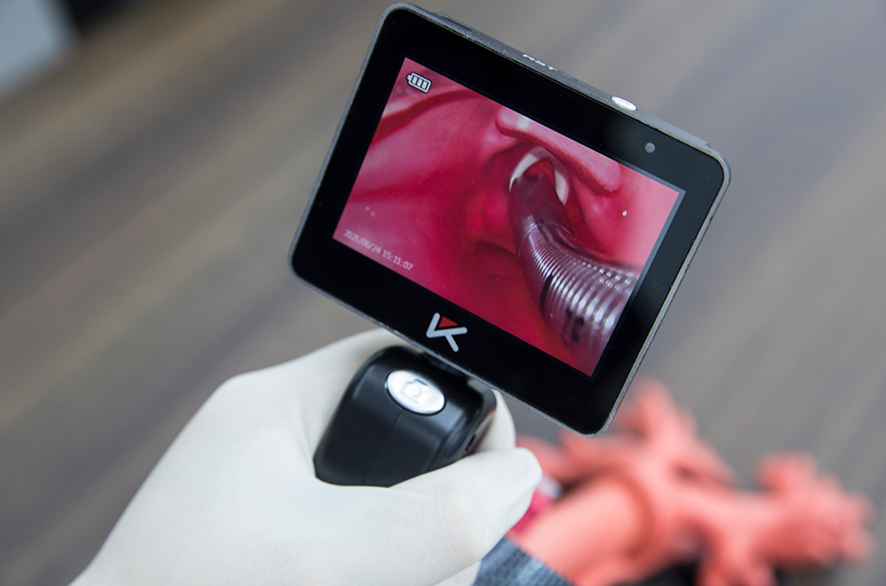
Advantages and Limitations
Advantages:
Provides direct and detailed visualization of the vocal cords
Ideal for intubation and airway management
Useful for difficult airway situations or emergencies
Can be combined with video to improve visualization
Limitations:
Requires general anesthesia or sedation
More invasive than fiberoptic laryngoscopy
May cause more discomfort or risk for patients
Example Equipment: Handheld Video Laryngoscope
The Handheld Video Laryngoscope has revolutionized intubation procedures. With a built-in high-resolution camera, it allows healthcare providers to get a clear, detailed view of the airway, which is crucial for successful intubation, especially in difficult cases.
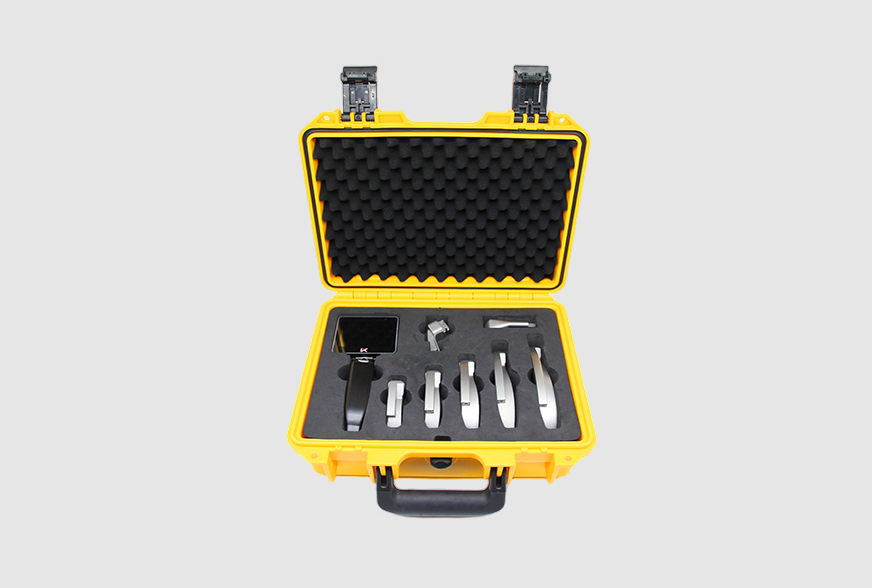
Key Features:
Enhanced Visualization: The integrated camera provides a clear, real-time view of the airway on a high-resolution screen.
Reduced Risk of Injury: The superior view reduces the likelihood of damaging delicate throat tissues.
Portability: Its compact, ergonomic design makes it easy to use in various medical settings, including emergency situations.
First-Attempt Success: The clarity of the camera improves the chances of successful intubation on the first attempt, reducing patient distress.
Laryngoscopy Types 4. Stroboscopy: Analyzing Vocal Cord Function
What is Stroboscopy?
Stroboscopy combines a strobe light with rigid or flexible laryngoscopy to assess the vibration and closure patterns of the vocal cords. This procedure helps diagnose voice disorders, vocal cord paralysis, and other functional abnormalities by providing a real-time, high-resolution video of the vocal fold movement.
When and Why is it Used?
Stroboscopy is often used in speech pathology, otolaryngology, and voice therapy. It’s particularly helpful for patients who have voice disorders or who use their voice professionally (e.g., singers, teachers). By examining how the vocal cords vibrate during speech, clinicians can identify subtle irregularities that may not be visible through traditional laryngoscopy.
Advantages and Limitations
Advantages:
Provides a detailed analysis of vocal cord movement
Useful for diagnosing subtle voice disorders
Non-invasive and highly effective in functional assessments
Limitations:
Requires specialized equipment and expertise
May not be available in all medical centers
Conclusion: The Role of Laryngoscopy in Medical Practice
Laryngoscopy is an invaluable tool in modern medicine, enabling healthcare professionals to diagnose, treat, and manage airway conditions effectively. The choice of laryngoscopy type depends on the patient’s condition, the complexity of the procedure, and the setting in which it’s performed.
Mole Medical plays a crucial role in providing high-quality laryngoscopy equipment that caters to the needs of healthcare providers, ensuring both safety and efficiency in airway management procedures. Whether you’re performing routine check-ups, intubating a patient, or diagnosing a voice disorder, having the right laryngoscope is key to successful outcomes.
By understanding the different types of laryngoscopy and their applications, medical professionals can make informed decisions, leading to improved patient care and enhanced medical procedures.
Categories
Latest Articles

Disposable Nephroscopes: Redefining Safety & Efficiency in Urology
Introduction The shift towards minimally invasive urological surgery has found a pivotal ally: the disposable nephroscope. As traditional reusable scopes grapple with persistent biofilm contamination risks and soaring sterilization costs, the global medical community is rapidly adopting single-use solutions. This article analyzes the clinical value, technological evolution, and dynamic innovation landscape driving this transformative shift. ... Read more
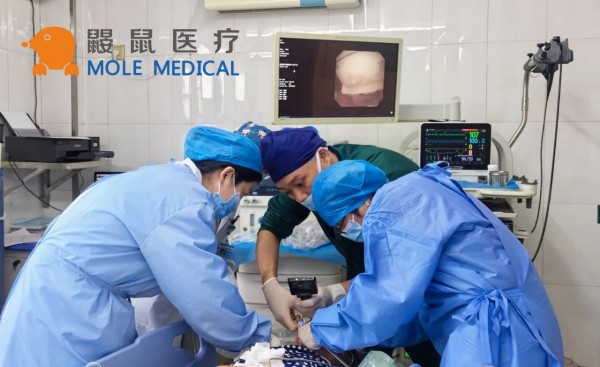
Disposable Video Laryngoscope Blades: The Ultimate Solution for Preventing Cross-Contamination
In the operating room, as the cold light of a video laryngoscope illuminates a patient’s airway, an age-old medical challenge is being redefined: How can life-saving instruments avoid becoming vectors of infection? Jiangsu MoleMedical drives an innovative safety revolution—replacing reusable devices with single-use, sterile laryngoscope blades that create a pure barrier for critical airways. Traditional video ... Read more
-2.jpg)
FDA & CE Approved Video Laryngoscope: What Makes It Stand Out?
Introduction In high-pressure emergencies and precision-driven operating rooms, video laryngoscopy is revolutionizing airway management. Mole Medical’s FDA and CE-certified technology replaces tactile-dependent “blind intubation” with real-time visual navigation – enhancing safety, accuracy, and clinical outcomes worldwide. Why Certification Matters Mole Medical’s dual certifications validate its global compliance and performance: FDA Clearance: Rigorous validation of safety/efficacy ... Read more

Mole Medical Showcases Advanced Endoscopy Solutions at CMEF Autumn 2025, Driving Global Partnerships
Guangzhou, China – September 26-29, 2025 – The 92nd China International Medical Equipment Fair (CMEF Autumn) concluded successfully on September 29th at the Canton Fair Complex in Guangzhou. Mole Medical Technology Co., Ltd. (Mole Medical) made a significant impact at the event, drawing global medical professionals and partners to its booth (Hall 2.1, Stand Q24) ... Read more

How to Use Disposable Ureteroscopes Safely and Efficiently
In the field of urology, the application of disposable electronic ureteral-kidney pelvis endoscopy catheters is leading the technological innovation in minimally invasive surgeries. According to the 2024 multi-center research data from China’s urology department, among the over 5,000 surgeries included, the patient group using disposable catheters performed significantly better in key indicators such as operation ... Read more



